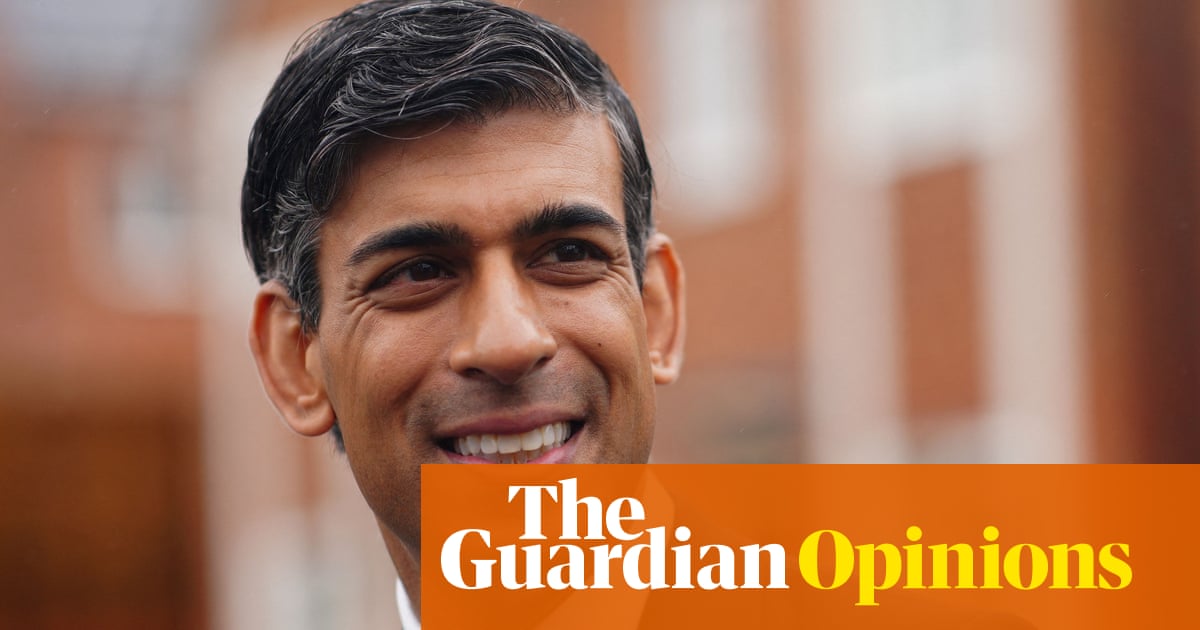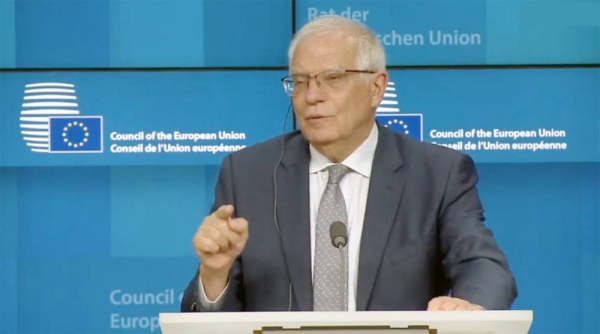
At the beginning of its rule, the Islamic Republic of Iran used to enjoy some support in the Middle East, particularly in large Shia communities located in other countries.
This was because the Islamic Republic projected itself as the savior of the oppressed. The regime depicted, and still depicts, Iranian military institutions and its generals as the heroes who are mandated to fulfill this task. For example, after the death of the Iranian General Qassem Soleimani, Iran’s embassy in Norway said Soleimani was “not only a national hero of Iran but he was also a savior to many of oppressed nations in the region.”
The philosophy that Republic’s founding father, Ayatollah Ruhollah Khomeini, and later his successor, Ayatollah Ali Khamenei, promoted was a black and white narrative: the Oppressed people (mostazafan) versus the Oppressors (mustakbirun).
From the perspective of the ruling clerics of Iran, those governments that did not agree with or follow Iran’s revolution, particularly the West, were the oppressors. The regime also publicized this revolutionary ideal by incorporating it into its constitution. Article 154 of the Iranian constitution stipulates: “The Islamic Republic of Iran has as its ideal human felicity throughout human society, and considers the attainment of independence, freedom and rule of justice and truth to be the right of all people of the world. Accordingly, while scrupulously refraining from all forms of interference in the internal affairs of other nations, it supports the just struggles of the mustazafun [oppressed] against the mustakbirun [oppressors] in every corner of the globe.”
Soon after the revolution, the Iranian leaders set up major organizations such as Bonyade Shayeed and Bonyade Mostazafan to supposedly accomplish this objective of assisting the oppressed across the Middle East with the help of Iran’s military institutions, especially the Quds Force, which is the elite branch of the Islamic Revolutionary Guard Corps (IRGC) and conducts extraterritorial operations. Media outlets in different languages, including Arabic, were also established to paint a picture of the Islamic Republic as the savior of the poor and oppressed communities in the Middle East.
This narrative did resonate with some Middle Eastern societies in the beginning as Iran’s institutions began providing welfare benefits and social services to Shiite communities in countries such as Lebanon. Scholarships were also offered to those who desired to receive an education, particularly a religious one, in Iran.
But in reality, the objective of the Iranian leaders was not in helping the poor communities, or the oppressed as they put it, but to establish militia groups in other nations to export the Iranian revolution and its revolutionary principles, as well as to control the foreign policy and internal affairs of other countries through its proxies.
This method approved to be a more affective and less costly way for Tehran to increase its influence and hegemony in the region.
By digging into the regime’s ideology, one can see that the ruling clerics of Iran have always wanted to create an Islamic state worldwide, which would be inspired by, and resembles, the one established after the revolution in Iran. For instance, Ayatollah Khomeini pointed out once: “We will export our revolution to the four corners of the world, because our revolution is Islamic; and the struggle will continue until the cry of there’s no god but Allah, and Muhammad is the messenger of Allah prevails throughout the world.”
Nevertheless, Iran’s popularity began declining, particularly after the US invasion of Iraq in 2003, and more so after the Syrian civil war and the Yemeni conflict began. The true intentions of the regime started to become more evident to the public as the Iranian authorities began directly interfering militarily in Iraq, Syria and Yemen.
The theocratic establishment provided military, intelligence, financial and advisory assistance to the Syria Alawite-controlled state which was cracking down on and killing its own citizens. The prevalence of social media outlets shed more light on Iran’s destructive role as well. In Yemen, the Iranian leaders ratcheted up their supply of sophisticated weapons to the Houthis which were used to escalate the conflict and to launch rockets into other countries such as Saudi Arabia.
In addition, when Shia militias, which were founded and armed by the Iranian regime, gained power in countries such as Iraq and Lebanon, people began observing their crimes, corruption and true loyalty, which was to the Iranian regime, not to their nations. That is why people in Lebanon and Iraq began protesting and have been expressing opposition to Iran’s influence, interference and support for militia groups in their countries.
In summary, the Iranian regime’s popularity among ordinary people in the Middle East is at its lowest ebb. It did not take long before people realized that the regime is not the savior of the oppressed as its claims, but it is a predatory regime that seeks to export its revolution and increase its regional influence at any cost.












